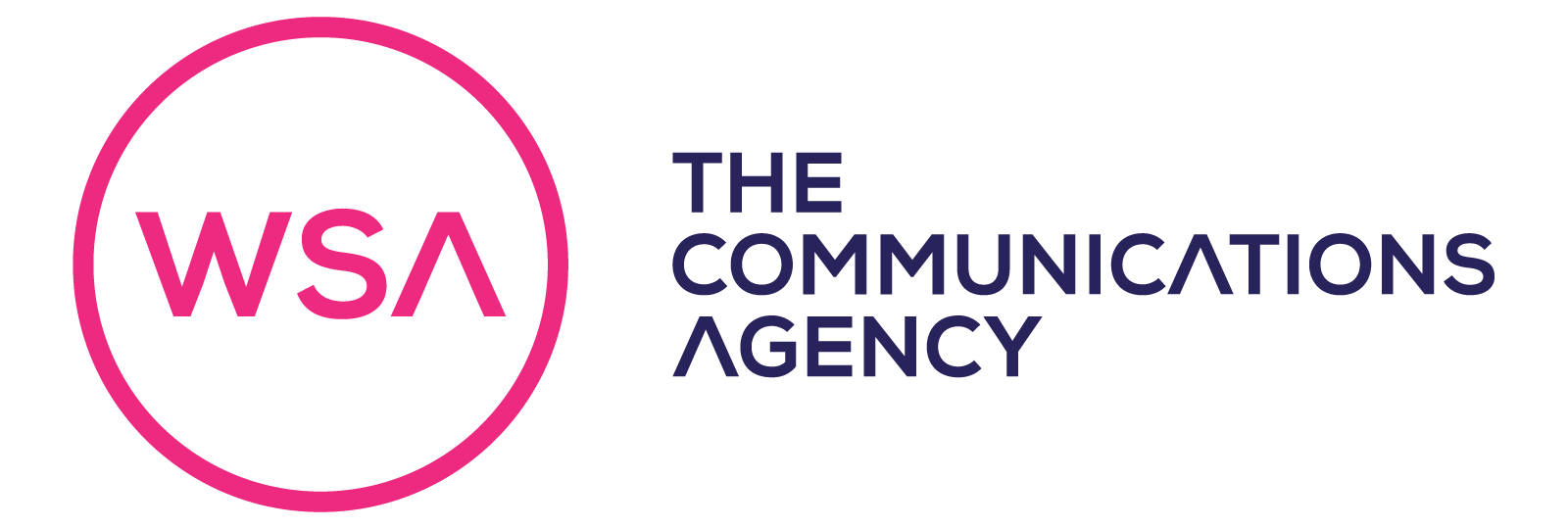A key part of achieving your communication goals stem from the staple press release. This activity hooks the journalist in and provides them with newsworthy content that make their job easier, whilst creating a buzz for you when the story is released.
With COVID-19 in particular dominating the news this year, you might have found it difficult to cut through the noise, which is why we’re here to help.
In a world of fast (sometimes fake) news, the press release is still considered the channel of choice for delivering credible and trustworthy content. CISION 2020 Insights tells us that the press release remains the most trusted source that journalists prefer to engage with. 36% of journalists agree that a press release is the most useful way to improve your chances of getting a story published. To make sure you’re getting the most out of your content, ensure you keep the following in mind.
Visuals are as important as words
Infographics are loved by journalists as it cuts down the reading time, provides only the key information and can be quickly downloaded.
Multimedia will always enhance a release and make it both memorable and shareable. A short video (as brief as 45-seconds) can have a big impact. In the same way that social media posts have evolved to feature graphics as standard, video is becoming the go-to differentiator that promotes engagement beyond static images.
But be mindful of attachment size. Too many images or videos can result in messages being blocked or an email going to spam. Prioritise what’s needed and focus on that.
Get your timings right
Tuesday mornings are the optimal time to send releases and the best window is Tuesday to Thursday. 52% of copy is sent out on the hour, so we aim to use odd minutes, a small change that might allow your release to get spotted when others get lost.
Also consider timeliness. News is instantaneous now, so current or evolving topics are more likely to be of interest than something that happened last year or even last week. Act fast or find an angle that suggests the next step a story will take, otherwise the buzz will quickly disappear.
Word Count Matters
Although this can vary and depends on the content and audience, aim for between 400-600 words as people begin to lose interest after this point. If your release is on the longer side and you don’t have multimedia to break things up, consider using techniques bulleted or numbered lists to direct the reader.
The headline is critically important, but keep it relatively short, concise and to the point. You don’t need to write ‘press release’ in the subject line of submissions, use the headline to capture journalists the same way you want it to capture the reader. The ideal headline length is between 50-80 characters. Your headline doesn’t have to summarise every point in the entire press release, but must suggest newsworthy, accurate and authoritative content to promote reading on.
Consider SEO key terms and search engine algorithms that will determine the ranking position of your content if someone publishes it. Generally, readers decide in the first 70 characters whether they will read something to conclusion, so teasing what’s to come using terms such as ‘proves’ and ‘confirms’ are suggested early on. This needs to be informative and in context with the body of the release, however. Never imply your release will reveal something that it cannot deliver on.
Key Takeaways:
- Multimedia – visual content draws more attention to your story and more engagement
- Length – Keep the press release under 600 words
- Format – If your content is longer, break up the text with lists, bullets or section headers
- Timing – avoid the top of the hour (:00) to increase visibility
- Headlines – Get to the point and put important information in the first 55-70 characters
As we reflect on 2020 and the changes we continue to see within the media, it’s crucial to be agile and listen to best practice. Adapting now can be the difference between content getting noticed amongst the sea of news or not. Follow these tips will help improve engagement and performance on your way to mastering the potential of the press release.
